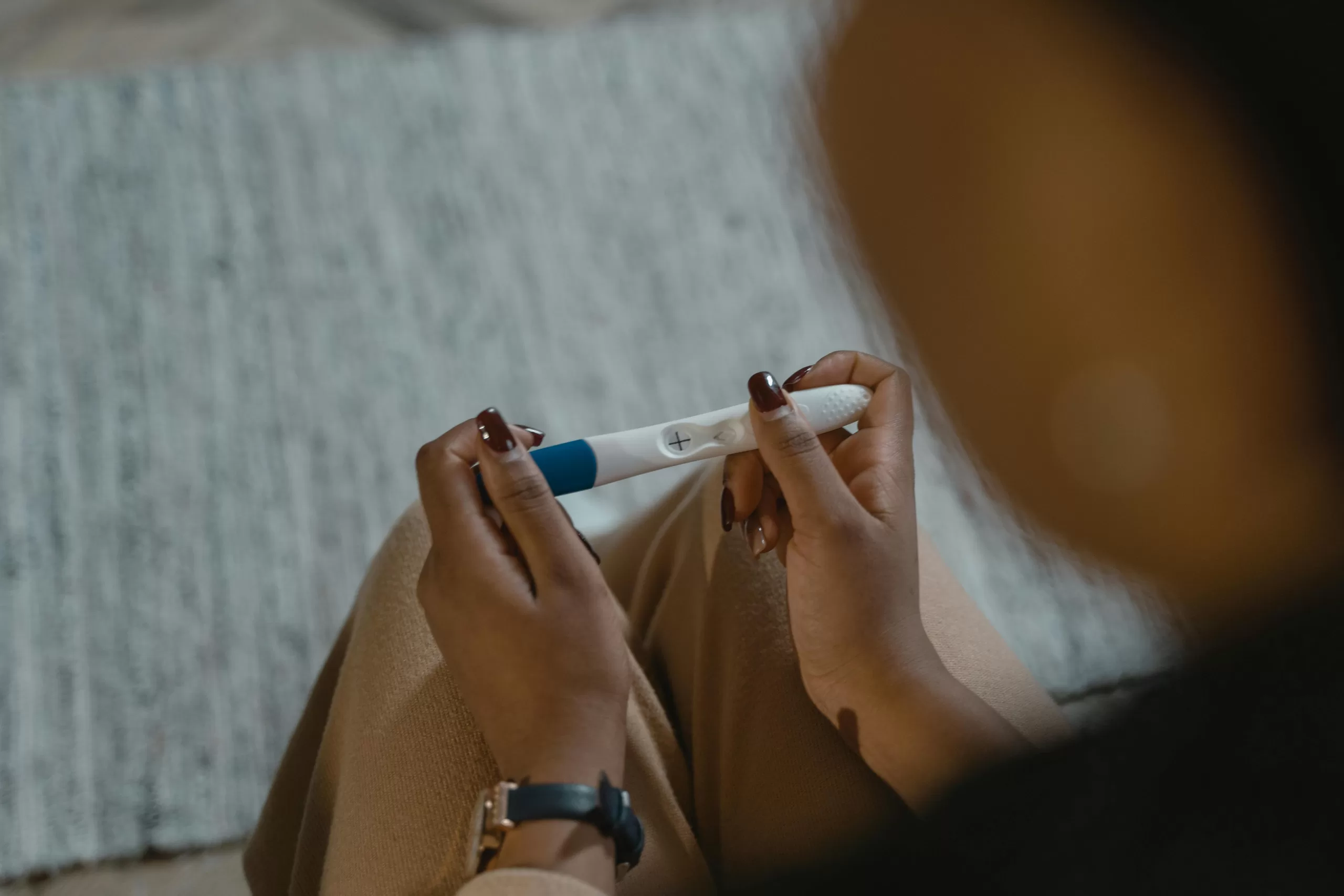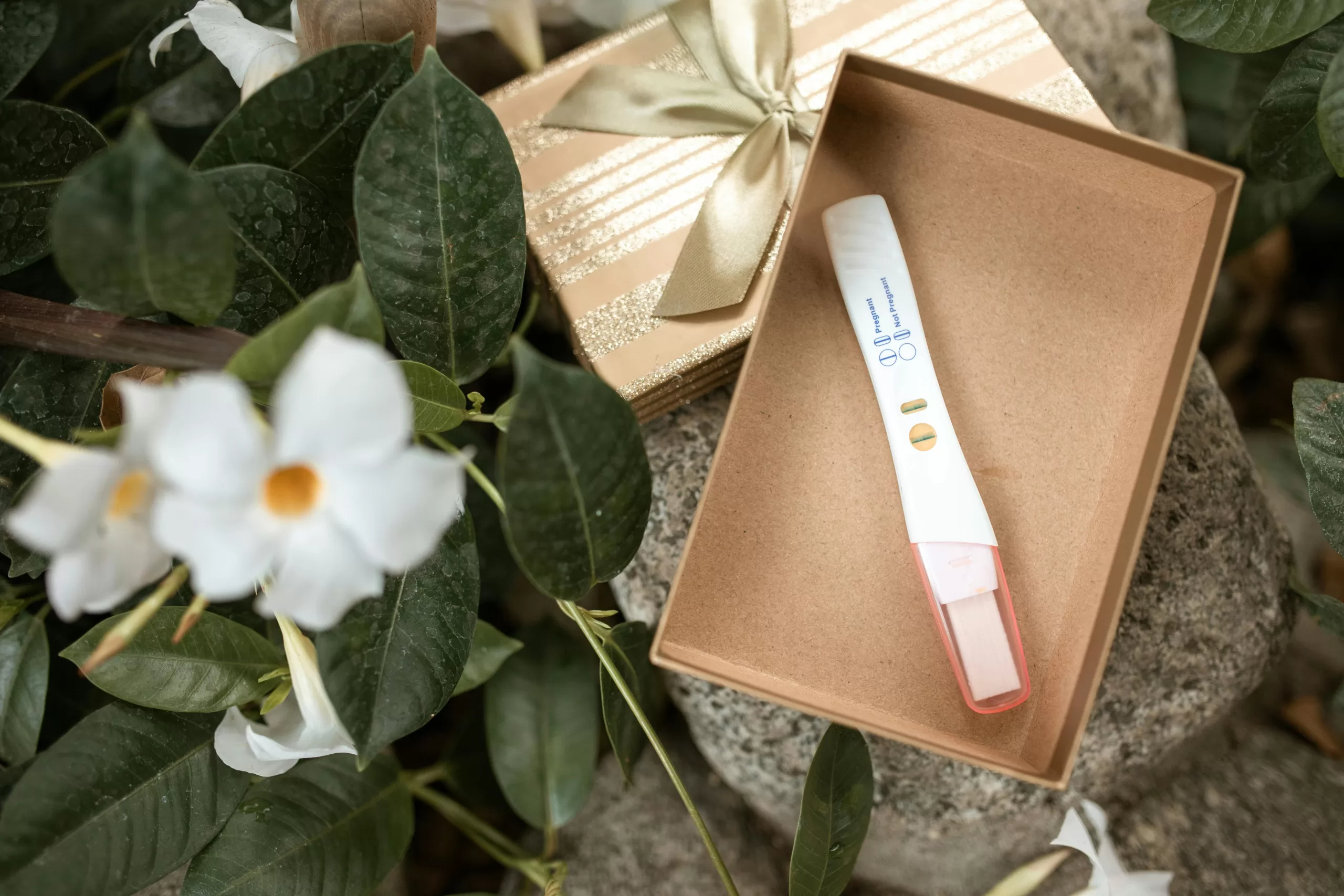

It’s important to understand what jade actually is—and what it’s not—because according to Ashley Leavy, founder and educational director of the Love and Light School of Crystal Therapy, there are a lot of fakes out there, and a lot of stones are often called jade when they’re not jade at all.
As she tells mindbodygreen, authentic jade can technically be one of two different materials: nephrite jade, or jadeite. “Jadeite is made up of small, granular crystals, [whereas] nephrite jade has more of a fibrous inner structure, which when polished can sometimes give it a bit of a silky appearance,” she notes. Jade can also come in a range of colors, from green, to black, to lavendar, and even sometimes blue, she tells mindbodygreen.
“So either one of those minerals is considered true jade,” Leavy explains, adding that this stone is highly sought after and has a rich history around the world.
In ancient China, for instance, it was used to assist loved ones passing into the afterlife, and had similar uses in ancient Mesoamerica. “Particularly in Central America, like in Guatemala, we see a lot of jade artifacts associated with the deceased, so it’s really interesting that even though these cultures were very far apart and distance, jade was being used in similar ways by ancient people,” she says.
Nowadays, jade has become a popular crystal all around the world, and is still most sought after and revered in China, according to Leavy, where it has traditionally been associated with health, longevity, prosperity, and power.








